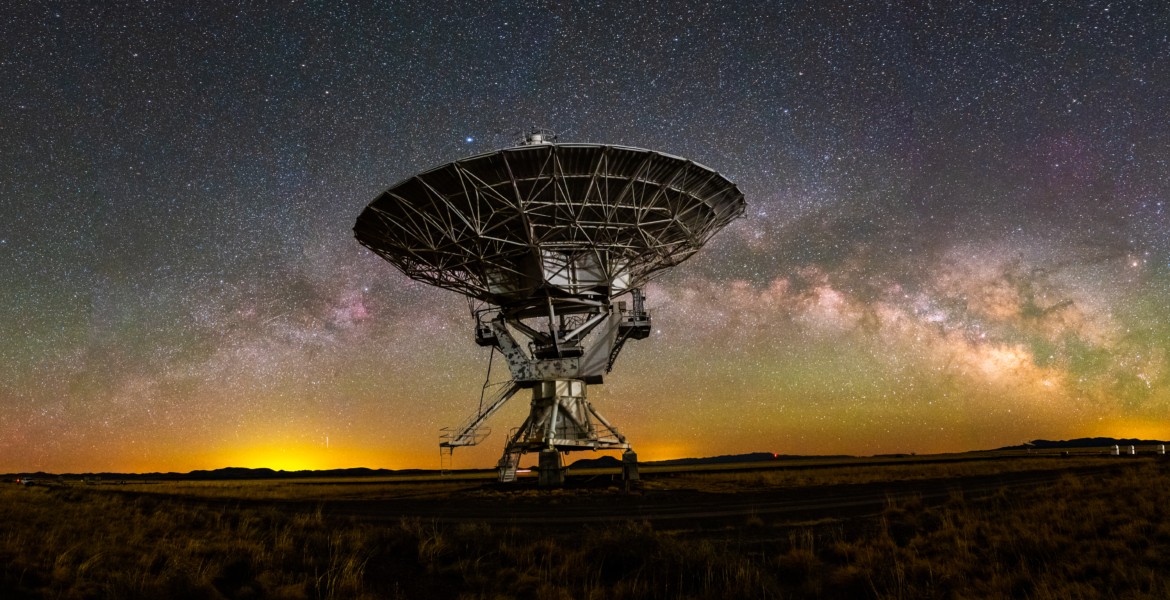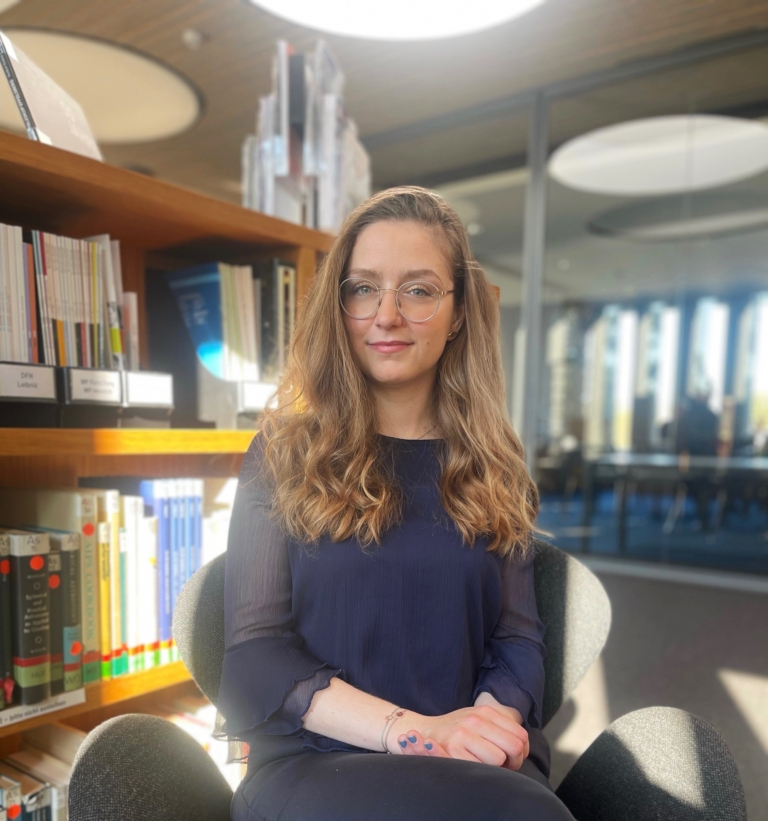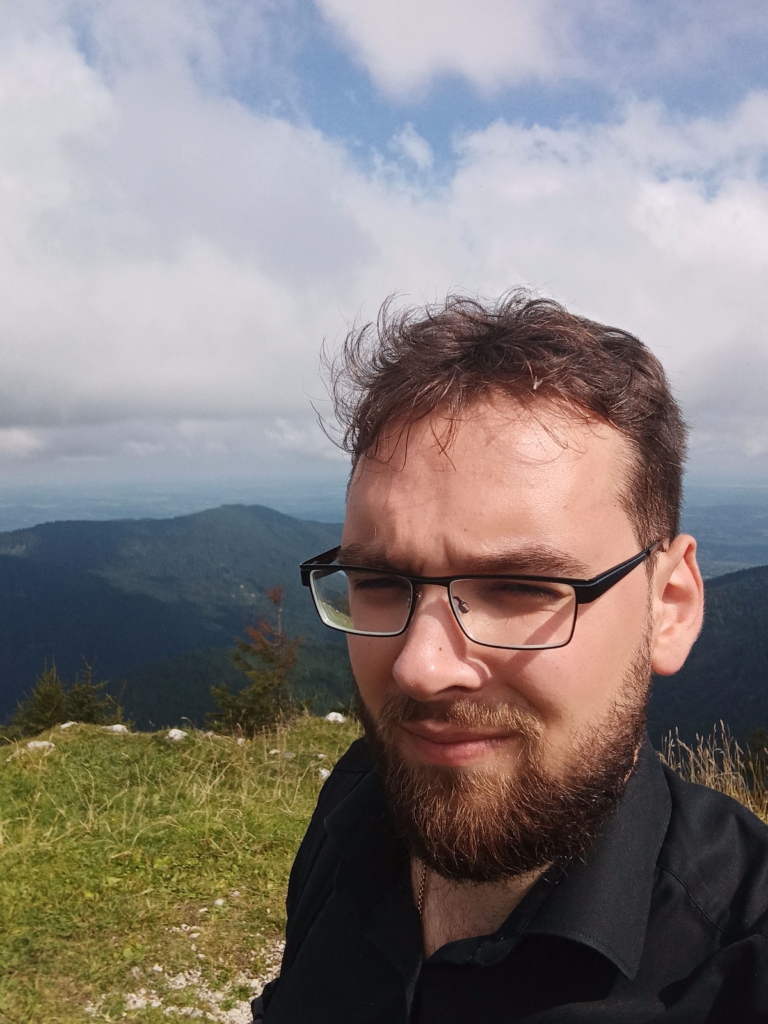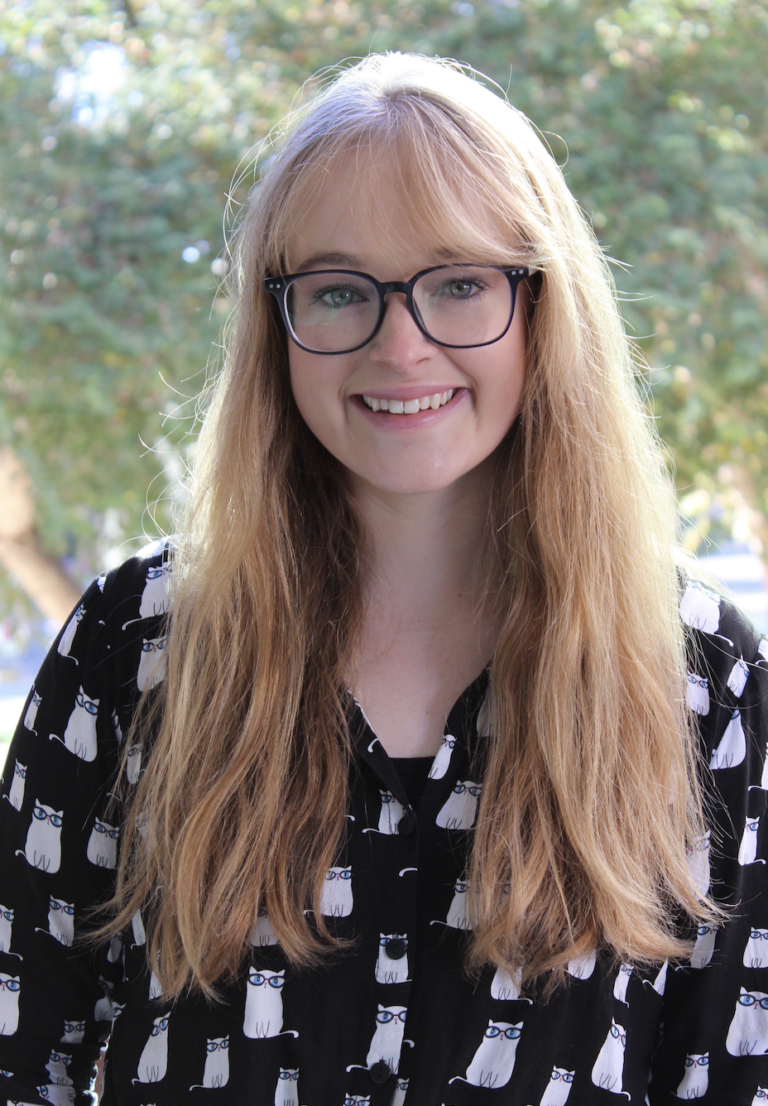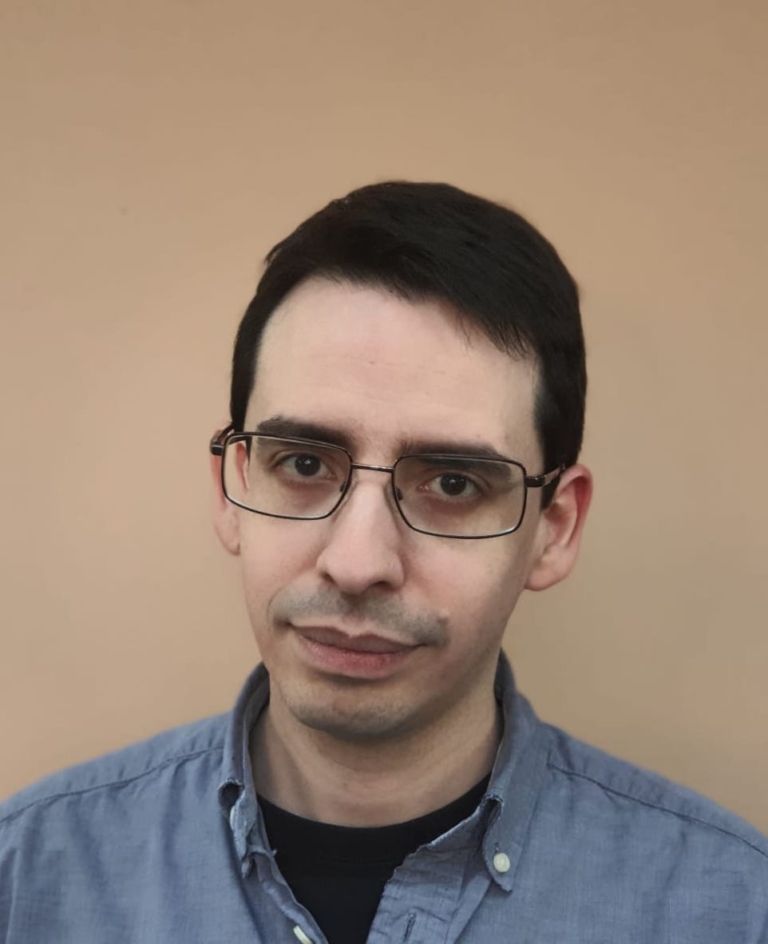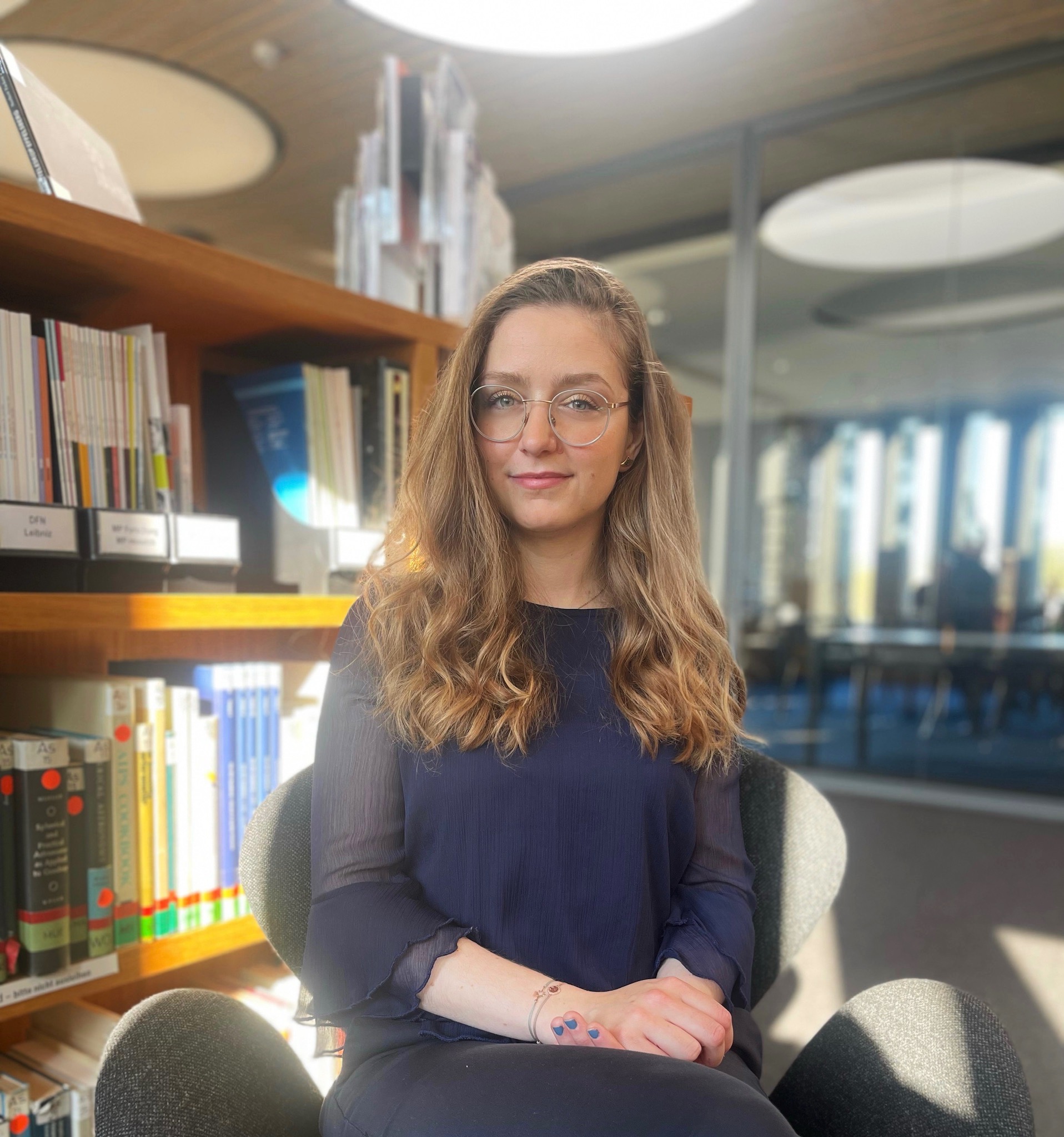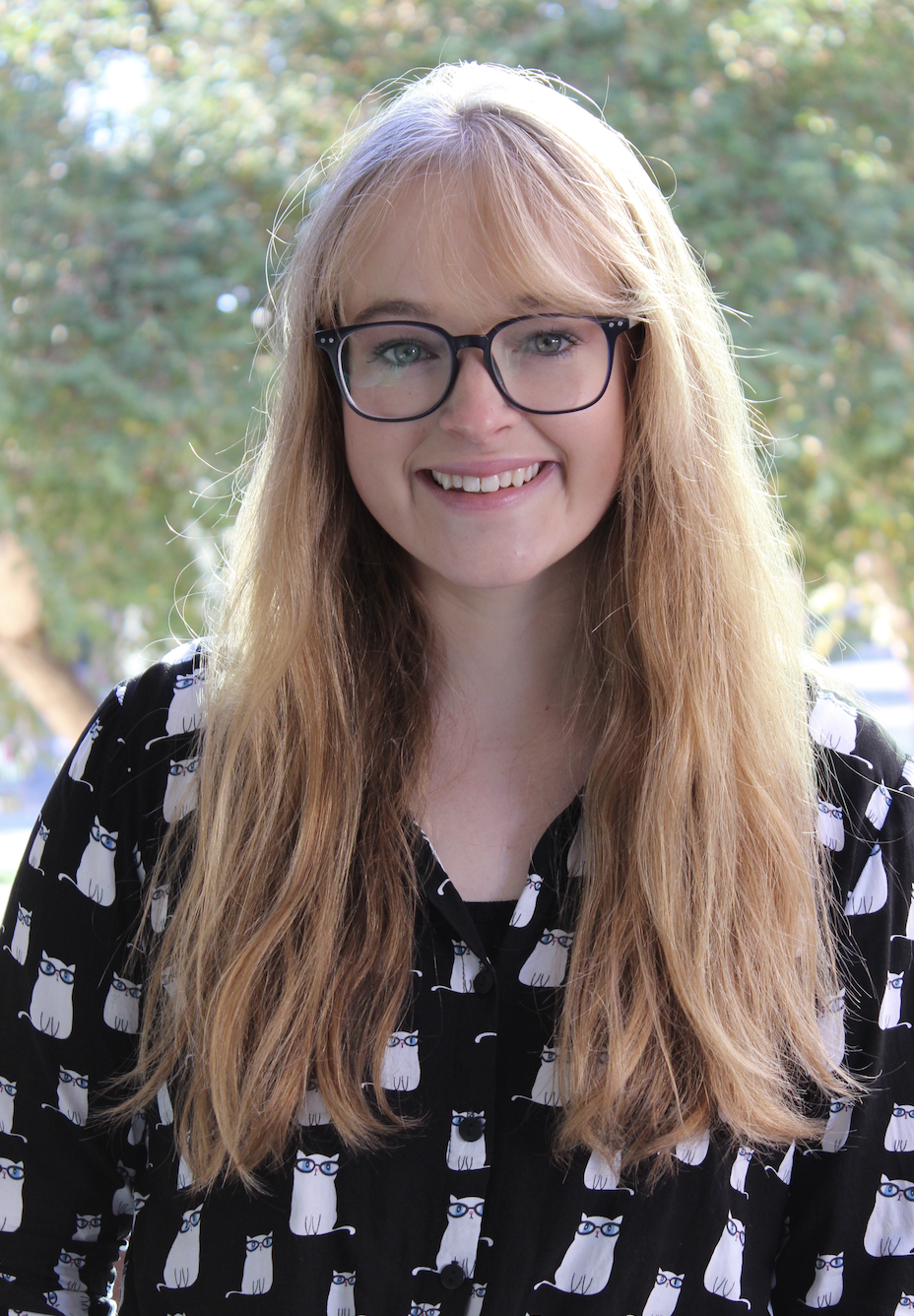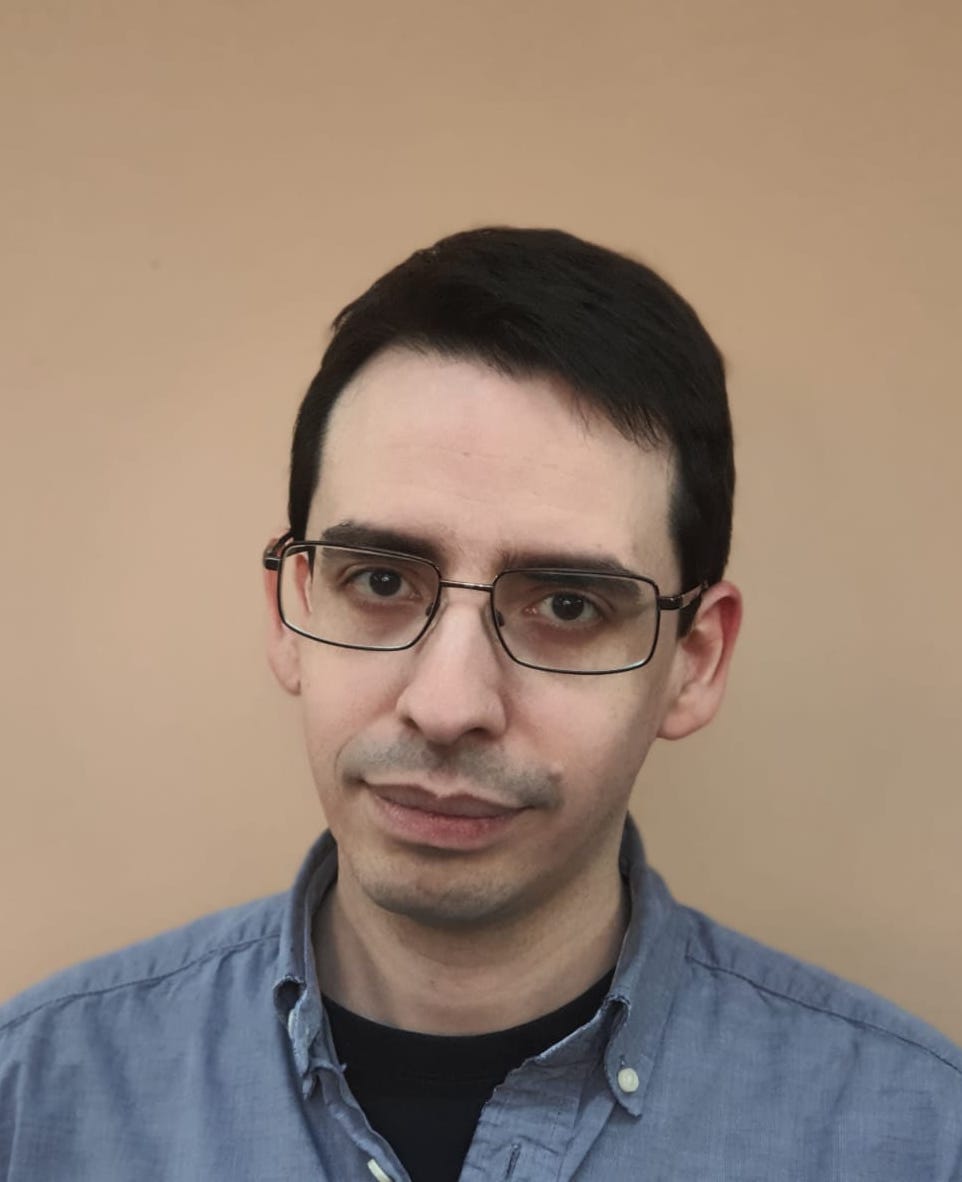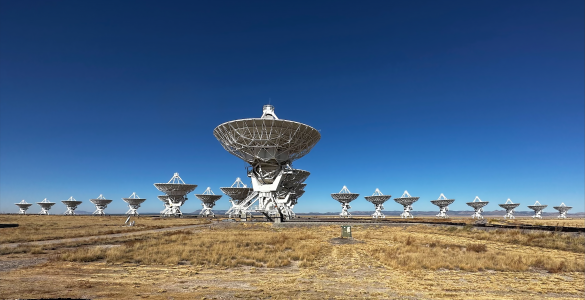As a part of its central mission to nurture and inspire the next generation of radio astronomers, the National Science Foundation’s National Radio Astronomy Observatory (NRAO) has selected four outstanding early career professionals for its 2023 Jansky Fellowship.
The Jansky Fellowship encourages early career astronomy and engineering professionals to pursue their personal research interests through the lens of radio astronomy, and with the support of NRAO’s observatories and research and engineering resources. Appointed for two years, with the opportunity to renew for a third year, Jansky Fellows develop broad skill sets and establish themselves as innovative, independent research scientists and engineers, and top leaders in the field by deepening their understanding of radio astronomy while collaborating with NRAO scientific staff and their colleagues in the global astrophysics community.
Cosima Eibensteiner graduated from the University of Vienna in Austria in 2019 with a bachelor’s degree in journalism and communication science, and a master’s degree in Astronomy. She is now attending the University of Bonn in Germany, where she is pursuing her PhD in Astronomy at the Argelander Institute of Astronomy. Cosima’s research interests include the structure, evolution, chemistry and kinematics of the interstellar medium (ISM), from large scale disk properties to central molecular zones in nearby galaxies. Her thesis, which utilized data from NSF’s Karl G. Jansky Very Large Array (VLA), the Atacama Large Millimeter/submillimeter Array (ALMA), NSF’s Green Bank Telescope (GBT), MeerKAT and IRAM, focused on disentangling the physical and chemical processes that shape and govern the ISM. As a member of the PHANGS collaboration, Cosima is studying stellar nurseries in nearby disk galaxies. As a Jansky Fellow at NRAO in Charlottesville, Virginia, Cosima will expand her research into the effects of the ISM on star formation processes.
David Monasterio
David Monasterio received his PhD in Electrical Engineering from the Universidad de Chile in 2023, where the focus of his dissertation research was new heterodyne receiver architectures for the next generation of astronomical receivers, like those that will be utilized on the next generation Very Large Array (ngVLA) and other radio telescopes. David’s primary research interests are in both heterodyne receivers and RF components design. As a Jansky Fellow at NRAO’s Central Development Laboratory (CDL), David will continue his dissertation research in new heterodyne receiver architectures, focusing in particular on multiband heterodyne receivers with the possibility to cover the entire RF spectrum instantaneously.
Hendrik Müller
Hendrik Müller is currently working on a PhD in astrophysics at the Max Planck Institute for Radio Astronomy in Bonn, Germany. During his studies, Hendrik developed novel VLBI imaging algorithms along the lines of multiscalar imaging in the spirit of compressive sensing and multiobjective evolutionary optimization, which are an improvement in resolution, accuracy and supervision over the CLEAN algorithm. He is currently studying the application of these new algorithms to frontline VLBI projects in preparation for the next generation of high-resolution and high-sensitivity radio interferometers, including the next generation Very Large Array (ngVLA) and next generation Event Horizon Telescope (ngEHT). As a Jansky Fellow at NRAO in Socorro, New Mexico, Hendrik will focus on the development of imaging and calibration tools for the ngVLA using artificial intelligence applications.
Samantha Scibelli
Samantha Scibelli is currently working on a PhD in astronomy and astrophysics at the University of Arizona in Tucson, Arizona, USA. Samantha’s research interests include submillimeter studies of the complex chemistry and physical properties of starless and prestellar cores to clarify the initial conditions of low-mass star and planet formation. During observations for her dissertation, she detected a prevalence of complex organic molecules (COMs) in young starless and prestellar cores in the Taurus Molecular Cloud (TMC), causing her to ask, “How are COMs forming so early?” As a Jansky Fellow at NRAO in Charlottesville, Samantha will continue to investigate the COM formation pathways using the Green Bank Observatory (GBO) legacy GLUCOSE program in combination with detailed chemical modeling of prestellar cores.
The National Radio Astronomy Observatory (NRAO) is a facility of the National Science Foundation, operated under cooperative agreement by Associated Universities, Inc.






